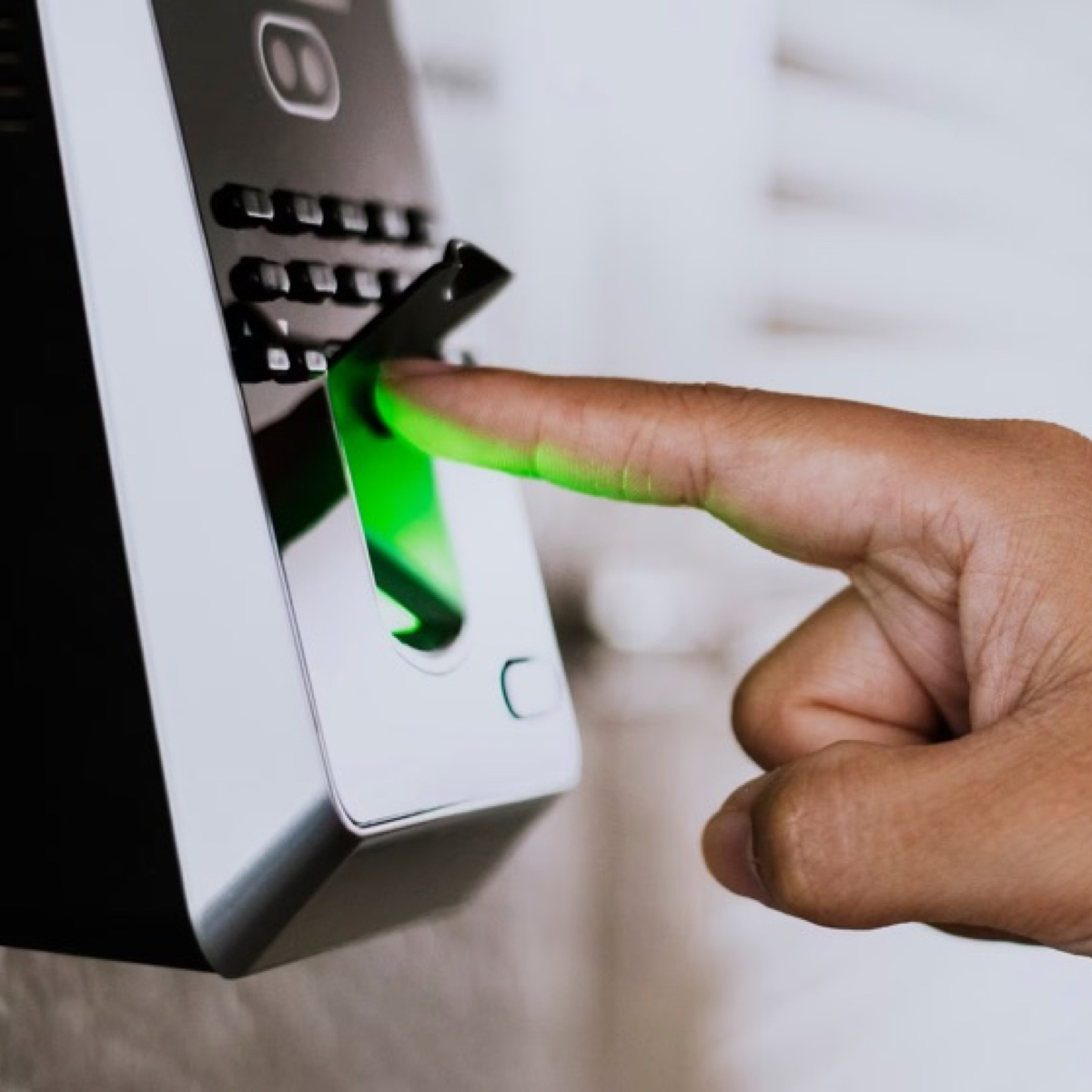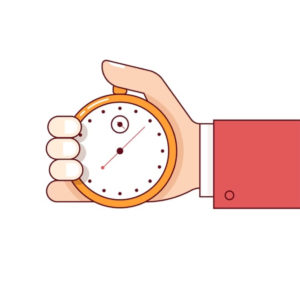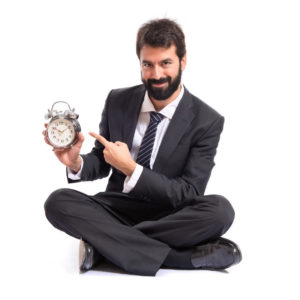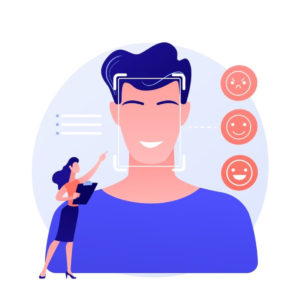
24 Jul But what is a biometric time clock?
What is a Biometric Time Clock?
A biometric time clock is an advanced employee time tracking system that uses unique biological characteristics of an individual, such as fingerprints, facial recognition, or iris patterns, to record their clock-in and clock-out times. Unlike traditional timekeeping methods that rely on punch cards or digital inputs, biometric time clocks provide a more secure, precise, and efficient method of tracking employee work hours. See our shop to know more about the kind of time clocks that we sell.
How Does a Biometric Time Clock Work?
The technology behind a biometric time clock involves complex algorithms and high-tech hardware. The process starts with the registration of a new user in the system. This registration involves scanning and storing the individual’s unique biometric data, such as a fingerprint or facial structure.
Once the initial setup is complete, the individual can clock in and out of work by simply scanning their registered biometric data. The system will instantly recognize the user and accurately log their work hours. At ClockIt, our biometric time clocks can integrate seamlessly with your payroll system, thereby automating and streamlining the entire process of tracking and managing employee hours.
Biometric time clocks operate by leveraging the unique physiological traits of an individual for authentication.
Palm Biometrics:
Palm-based biometrics capture the patterns of veins in a person’s palm using infrared light. The user simply places their hand over the sensor, and the system authenticates the user based on the unique vein pattern.
Iris Biometrics:
In iris recognition, the system uses a high-definition camera to capture a detailed image of the person’s iris – the colored ring around the pupil of the eye. The system then matches the intricate patterns in the iris against the stored data to authenticate the user.
Fingerprint Biometrics:
Fingerprint biometric systems work by scanning a user’s fingertip and converting the unique patterns of ridges and valleys into a digital format. When the user places their finger on the scanner, the system compares the scanned fingerprint against the stored digital print to verify the individual’s identity.
Vein Biometrics:
Vein recognition involves the capture and analysis of the unique vein patterns in an individual’s finger or hand. Like palm biometrics, this process uses infrared light to capture the vein pattern, which is then matched against the pre-recorded pattern in the system for authentication.
In all these methods, once the individual is authenticated, the system records the clock-in or clock-out time, ensuring a secure and efficient way to monitor and manage employee time and attendance.
The Benefits of Biometric Time Clocks
Elimination of Buddy Punching:
Biometric time clocks effectively eliminate buddy punching – a fraudulent practice where employees clock in and out for each other. Since biometrics are unique to each individual, it’s impossible for employees to clock in or out for someone else.
Increased Accuracy:
Biometric time clocks significantly reduce errors associated with manual time recording. By eliminating discrepancies due to transcription errors, interpretation errors, or intentional falsification, businesses can ensure more accurate payroll.
Enhanced Security:
Biometric data is nearly impossible to forge or steal, providing an additional layer of security. This technology not only safeguards your time and attendance data but also restricts access to certain areas of your workplace to authorized personnel only.
Improved Productivity:
Automating the time tracking process reduces administrative tasks, leaving managers more time to focus on strategic goals. Additionally, faster and more accurate payroll processing leads to higher employee satisfaction.
Privacy concerns around biometric time clocks
The utilization of biometric time clocks in the workplace has undeniably simplified the employee attendance system, eliminating the possibilities of time theft and buddy punching. However, the use of such systems isn’t without its fair share of concerns, with privacy at the top of the list. Let’s explore the primary privacy concerns associated with biometric time clocks:
Data Storage and Usage:
One significant concern is how the biometric data, once collected, is stored and used. The unique nature of biometric data means that if it were to be mishandled, misplaced, or stolen, the implications could be severe since biometric traits cannot be changed like a password. It is thus critical that robust security measures are in place to protect this sensitive data.
Data Sharing:
Employees may worry about who has access to their biometric data and whether it could be shared with third parties. Transparency about the data collection, storage, and sharing policies is crucial to address this concern.
Unintended Use of Data:
There’s a fear that biometric data could be used for purposes beyond its intended use of tracking work hours, such as surveillance or monitoring, potentially infringing on personal freedoms.
Legal Compliance:
Different countries and states have varying regulations around the use of biometric data. Ensuring compliance with these laws is a challenge for businesses, and failing to do so can result in legal repercussions. For instance, in some jurisdictions, organizations must obtain explicit consent from employees before collecting, storing, or using their biometric information.
Risk of Data Breach:
No matter how secure a system is, there is always a risk of data breaches. If biometric data were to be stolen in such a breach, it could potentially be used for identity theft, as unlike passwords, biometric features cannot be reset or changed.
To address these concerns, we at ClockIt employ stringent security measures to protect stored biometric data, including encryption, secure firewalls, and regular security audits. Additionally, transparency in data handling policies, legal compliance, and robust consent processes are foundational elements of our approach to maintaining employee trust and privacy. It’s essential to remember that while technology is a vital tool in modern business, it must always be applied responsibly and ethically, especially when handling sensitive personal information such as biometric data. Additionally the biometric data is only saved on the device and no synced with the servers. We only sync the employee ID of the identified user.
Conclusion
The biometric time clock is not just a futuristic concept; it’s a tool that’s rapidly transforming the workplace today. Businesses that embrace this technology can enjoy improved accuracy, enhanced security, and increased productivity, all of which translate to cost savings and a healthier bottom line.
At ClockIt, we are committed to harnessing the power of biometric technology to bring you reliable and robust timekeeping solutions. As we continue to innovate and evolve, we invite you to join us in this journey toward efficient and secure workforce management.




